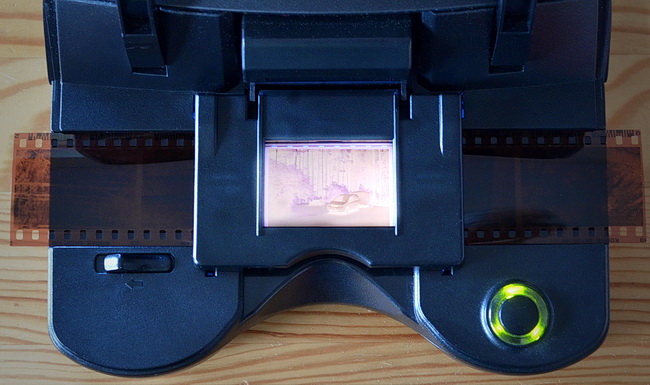
So you’ve finally grown tired of the expense, hassle, and so-so results from your local lab, and have decided to take the plunge and get yourself a scanner. As someone who spends a lot of time producing scans of negatives and slides, I say good choice — taking control of your images is both a lot of fun and deeply rewarding. But it can also be intimidating and confusing.
What kind of scanner is best? How do I know what settings to use? How much post-scan processing will I need to do? If what I’ve seen on on-line forums is a reliable indicator, clear and basic information is hard to come by. And that’s what I hope to provide with this series of articles. So let’s get started!
Before you go shopping for a scanner, the first thing you need to do is take a moment and ask yourself this question: Why do I want to make scans? Is it to show your film images to friends via Facebook, FriendFace, or Flickr? To archive decades worth of film shooting? Or maybe it’s so you can make high-quality prints from film capture? Some combination of these? Each scenario is different and leads down a different equipment and processing path.
Scanning brings to mind an old saying attributed to NASA engineers: “Fast, cheap, good — pick any two.” Yes, you can have fast and cheap, but forget about good. Or, you can have good and fast, but you’ll pay through the nose. And so on. All scans require effort on your part — how much depends largely on what you want the images for. The take-away message here is that if you want high-quality scans of those boxes of slides you’ve got tucked away in the hall closet, forget it unless you want to spend the rest of your days scanning. Alternatively, you could send the slides out to scanning service, but then you’re going to be running up a pretty big tab. Realistic goals and expectations are the key to scanning happiness.
While you’re mulling that over, let’s tackle the subject of “archiving” head on. If your goal is to make a bunch of scans to digitally preserve your photo collection, my advice would be don’t. Scans of sufficient quality are going to take so long and require so much storage (which will require on-going baby sitting) that you’ll probably abandon the project long before you finish it. But even the notion of producing archival output is misguided for several reasons. First, your negatives and slides are already effectively “archival.” Second, no matter how good your scan is, you’d be nuts to throw away your film materials. No scan is ever going to contain as much data as the original source. Third, let me invoke Gary’s rule of archival storage: Any archival system that requires regular intervention on the part of the user, will eventually fail. In other words, the less you have to do and the less often you have to do it, the more likely your data will survive into the future. Few archival regimes are as robust as a shoebox full of negatives properly stored away from heat and humidity.
Having said all that, there are still lots of reasons why you’d want to scan your film. After all, as I said at the outset, I spend plenty of time doing so myself. In the next installment we’ll get into the various types of scanners available and which is best.
(Did you find this article interesting or helpful? If so, consider using this link the next time you shop at Amazon.com. Better yet, bookmark it for future use. Thanks to Amazon’s associates program, doing so costs you nothing yet helps keep this site up and running. Thanks!)

 Subscribe with RSS
Subscribe with RSS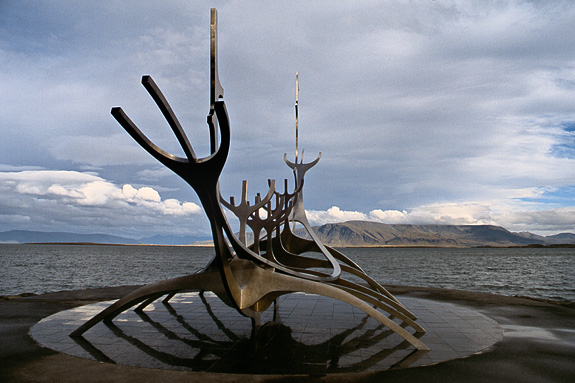
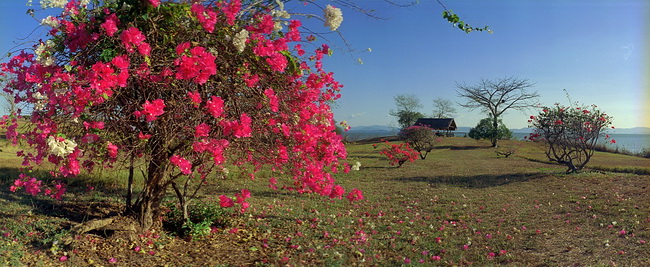
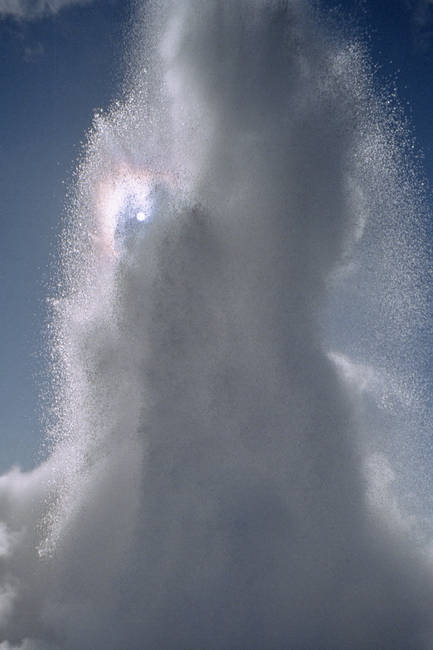
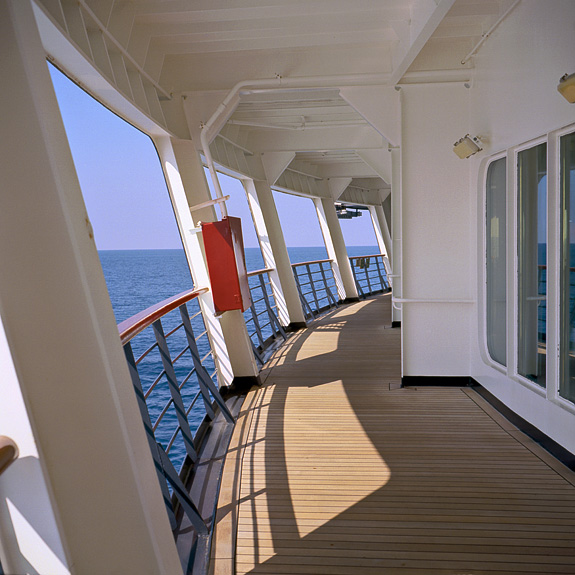

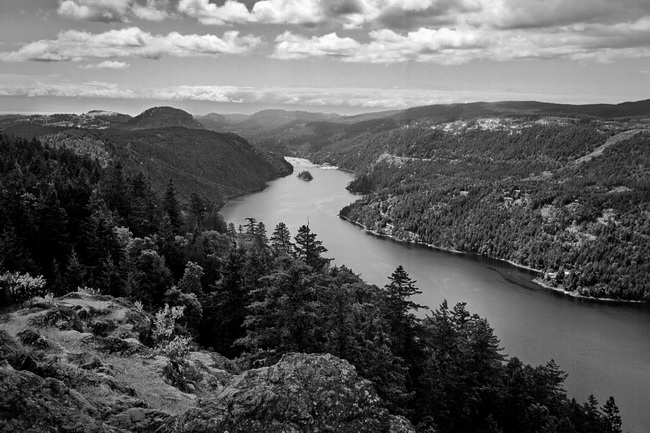
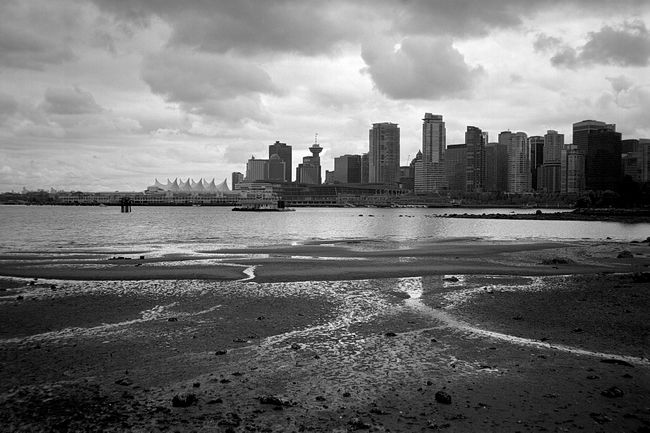
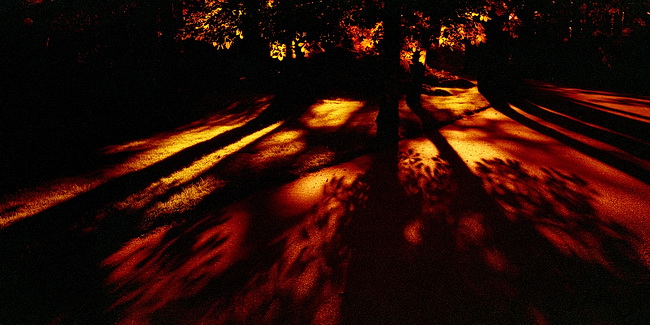
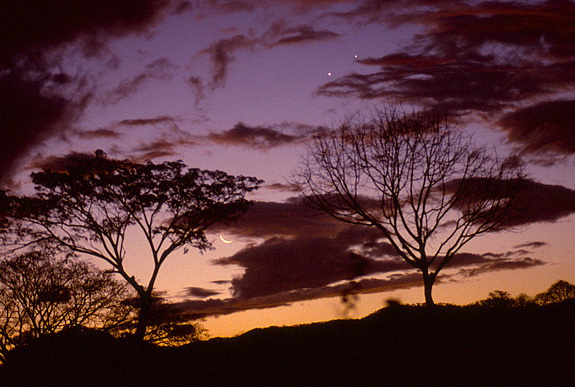
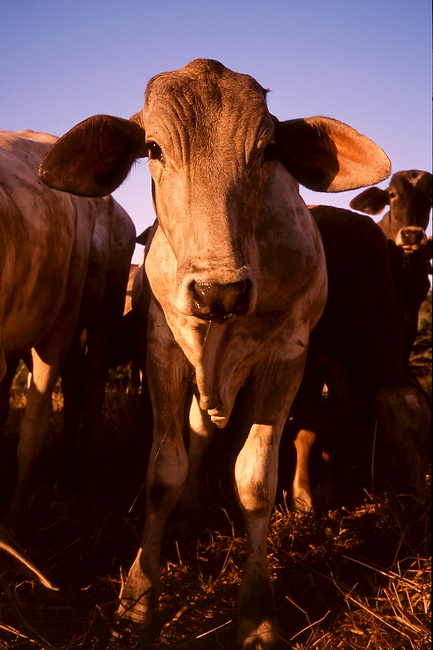
Thanks for this article. I have an olympus OM-10 and I am very interested in producing quality scans. I’m looking forward to the next installment. If I could suggest that you recommend a “cheap & good” scanner that would help me out alot.
Thanks, enjoyed the article and look forward to the next instalment. As much as I enjoy digital photography, I’m missing my old film cameras and would like to use them from time to time. Would love to be able to shoot C41 process B&W like Ilford XP2, scan the negative and then play with it from there. What do you suggest for a scanner to do that? Also, where’s a good place in Victoria to purchase C41 B&W film? I live in the Gulf Islands, but get into Victoria fairly often.
Thank you for this website.
London Drugs used to carry it, but I don’t know if they do any more. I’ve been buying mine in bulk from B&H in NYC.